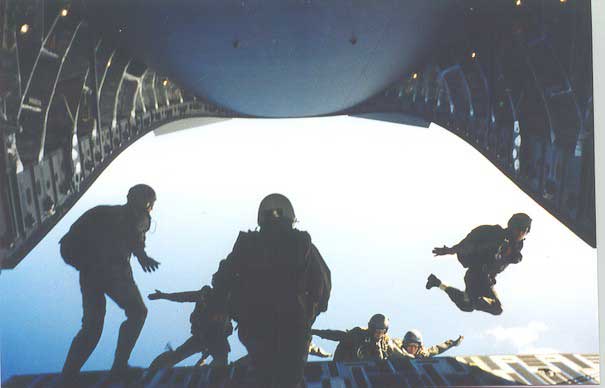Driving from Clark to Manila is the worst. I’m telling you, you haven’t experienced traffic until you’ve been in the back seat of a car that’s driving on top of the lane line and a motorcycle rider is close enough to kiss your window.

Makati is a little more quiet on the weekends and has green space that’s a gorgeous place to be when it’s not pouring rain. (Photo by Taylor Danser)
Metro Manila (which technically is made up of 16 cities) is big but doesn’t really seem quite large enough to have the 12-million-person population that it does. That’s why its claim to fame is being the most densely populated city in the world. So people live and work there. But, what do they do there?
Well, what it’s really known for among Filipinos is its shopping malls. I kid you not, they are the main attraction. But there is more to Manila than malls. On a recent weekend, we stayed in Makati City (one of the 16 that make up Metro Manila) and I found it a quaint, clean urban place I would definitely prefer living in over Clark.
We also spent an afternoon taking in some history of Manila. A couple of hours was really all we needed to see what’s still standing. We decided to do it through Carlos Celdran’s tour.
There’s one major difference in taking a tour in the capital of the Philippines vs. that of Indonesia, Malaysia, Japan or Taiwan. In this Southeast Asian country, there’s a big hole: culture. In Taipei, you can visit a really good museum that shows the evolution of Chinese culture. In Indonesia, you can watch native dances.
But things are a little less straight-forward for Filipinos.
That’s because this culture didn’t really have a chance to develop on its own: being controlled by Spain then the U.S., there wasn’t a real chance to, so said our guide.
Celdran did take us around to see Intramuros’ Fort Santiago and Plaza San Luis. The buildings that remained were good to see, and as he mentioned, much more entertaining than a shopping mall.
What really stuck with me, though, was that he also mentioned the lack of one cohesive culture in the Philippines. That doesn’t mean it culture doesn’t exist, of course. There’s just a lot of blending going on. “A person may have Chinese eyes, a Spanish last name, but inside they just want to be American,” he said.
He related the Filipino soul to Halo-Halo, a dessert that sounds nothing of the sort to you if you’re American. The concoction generally has shaved ice and evaporated milk. Oh, and jello, boiled beans, fruits, sugar palm, sweet potato, cheese and caramelized plantains. Whether this layered recipe is served in a tall glass or a regular bowl, I think it’s an acquired taste.
The dessert can have a lot of ingredients in it — all sorts of things that don’t seem related, but they come together in a dessert that people here love. And, as our guide said, that’s the culture of a Filipino.









